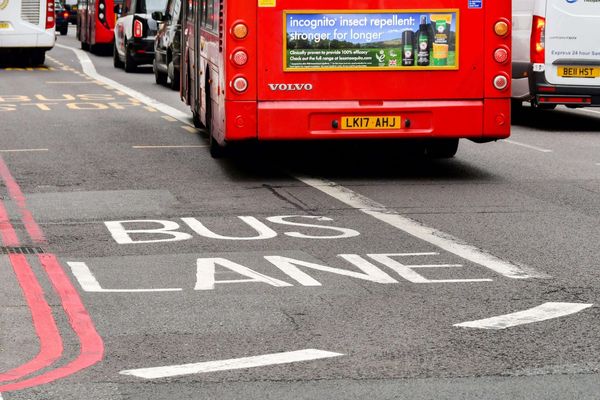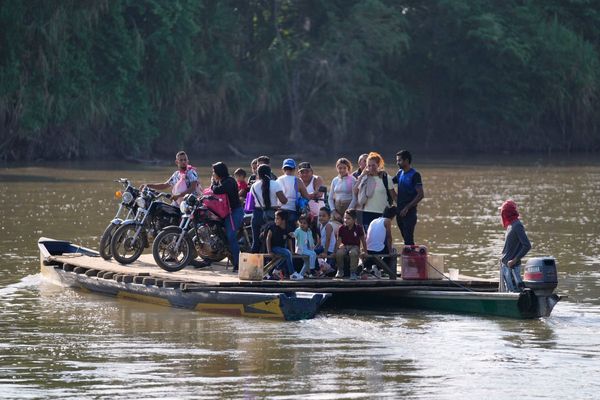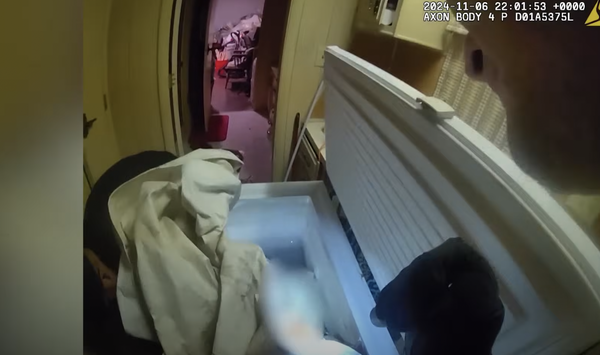Yesterday afternoon, shortly before we finished up work for the day, we received a very important query: If a new Pokémon region was hypothetically based on Australia, what would the starters look like? Lesser writers may have closed the message, shut off their PC, and clocked out like an ordinary human being. Unfortunately, we are neither lesser nor ordinary — professionalism demanded that we treat the matter with the urgency it deserved.
After rigorously researching Australian wildlife, the history of starter Pokémon, and the endless permutations of possible type matchups, we eventually managed to put together a slick infographic displaying which animals Australian starters should be based on. We also elaborated on which typings they should have and why. You can check out the results for yourself below, which were compiled by the Chief Pokémon Officer (CPO) of GLHF.

Pretty chic, right? What you may not know is that although the simplicity of this image lends it a sense of eloquence, the dynamics you can observe between each starter are deceptively complex.
Let’s take the fire snake as an example, who we’ll call Koalbra. Obviously it’s a play on the words “coal” and “cobra,” but we’ve given it a ‘K’ instead of a ‘C’ because a) the other two animals are a kangaroo and a koala, the names of which both begin with ‘K’, and b) Pokémon confuses ‘K’ and ‘C’ almost as much as a manga mixes up ‘L’ and ‘R’. Any Roronoa Zolo fans in the audience?
As a blazing serpent, it makes sense for Koalbra to be Fire/Poison-type — but the logic behind this decision goes far beyond that. At the time of writing, the only Fire/Poison-types to exist are Salandit and Salazzle, neither of whom are particularly powerful. Because of their relatively low utility, it’s difficult to recognize the immense potential of their unique typing. The strongest types in Pokémon are Water, Steel, and Fairy. While Koalbra is obviously weak to Water attacks, it both resists and can deal super-effective damage against Steel and Fairy, allowing it to counter two out of the three most powerful types in the game. Combined with typically good starter stats, this gives Koalbra a chance to become a bona fide meta-breaker.
Similar thought went into designing Kangaroot and Koalake, who we unfortunately don’t have time to devise more nuanced names for right now — there’s too much work to be done. The former takes on a typing that is currently unique to Gen 4’s Torterra, making it weak to Koalbra while simultaneously being able to hit it for 4x damage. It can also hit Koalake super-effectively while taking neutral damage from its STAB moves.
Koalake, meanwhile, only hits Koalbra for super-effective damage, matching up unfavourably with Kangaroot. The rationale behind this is that Water/Fairy — a type combination that is currently only assigned to Marill, Azumarill, Primarina, and Tapu Fini — is unequivocally one of the strongest typings in the entire game. Provided Koalake’s optimal build is closer to Tapu Fini than Primarina, it would instantly slot into virtually any metagame.
After proving our starter logic was sound, we decided it was time to move on to the next point of order: Making a case for an entire Australian region. While Koalbra is obviously a snake, it’s important to remember that Australia is packed with all kinds of serpents. In a momentary, almost fuguish bout of inspiration, we came up with the following vital graphic.

For the uninitiated: Ekans is Snake backwards. Similarly, Arbok is a palindrome for Kobra. The genius of Game Freak knows no bounds.
We used this revelation for further inspiration. Yes, there are snakes Down Under. But what other animals are knocking about? In order to decide which currently known Pokémon should appear in PokéOz, we conducted intense research on history, geography, and biology. This, dear reader, is the official unofficial map of Pokémon Australia.

We’ve got pelicans on the south coast and platypi in the northeast. We’ve got snakes in the northern rainforests and non-indigenous cacti roaming the arid center. There are, of course, sharks everywhere.
Speaking of which, we’ve even accounted for the possibility of a particularly large shark developing a cutting-edge methodology for filtering oxygen through its gills. The following picture is the visual definition of an image preceding unfortunate events.

At this point in the study, we were really, really into sharks, to the extent that we decided Pokémon Australia’s native Legendary would need to go even bigger than a great white.
It was time to bust out our art skills.

As you can see in the figure above, the extinct megalodon was significantly larger than a regular shark. But what if the megalodon wasn’t extinct? What if — and we really believe this could be the case — it is simply a Legendary Pokémon biding its time at the bottom of the ocean before surging through the seafoam to enact vicious vengeance on the human population of Pokémon Australia? As Billy Ray Cyrus might say: Much to think about.
If this were the case — and again, we think it might be — the citizens of PokéOz would obviously need to prepare themselves for impending doom. While Melbourne is a gorgeous city known for its coffee, graffiti, and snakes (see the picture below), none of those things are going to be much help against a 50-foot Legendary Pokémon with five rows of teeth.

This problem goes deeper than you think. Avid historians and memelords alike will be familiar with the Great Emu War, in which two Australian men were forced to surrender to approximately 25,000 emus. A megalodon with access to Hydro Pump and Crunch poses a much bigger threat than a bunch of flightless birds.
In Pokémon Australia, however, things are different. We’ve got the stats.

Losing a fight against 25,000 Dodrio is very different to losing one against 25,000 emus. In fact, we have reason to believe that 25,000 Dodrio — which amounts to 75,000 heads — could take on a Legendary Pokémon. The solution, then, is unity.
We have our starters. We know where certain Pokémon live. We’re aware of cities, natural phenomena, and threats. All we need now is the story, which, of course, will center around recruiting 25,000 enemy Dodrio to take on a mutual foe: The megalodon.
After you, your party of six, and 75,000 Dodrio heads take down Pokémon Australia’s resident Legendary, you’ll soon learn that it was actually just annoyed about climate change. The entire postgame section is dedicated to cleaning up the Great Barrier Reef while throwing all litterbugs into massive tanks of Sharpedo, Austin Powers-style.
Your move, Game Freak.
Written by Cian Maher on behalf of GLHF.







